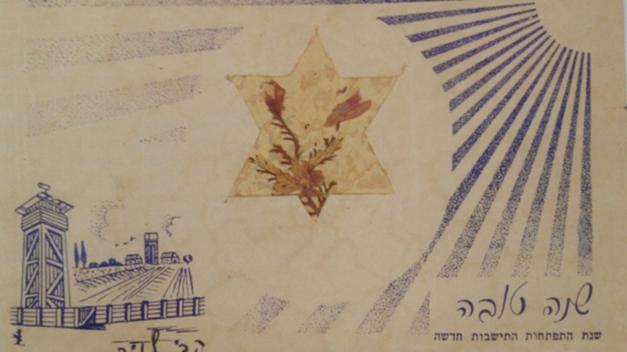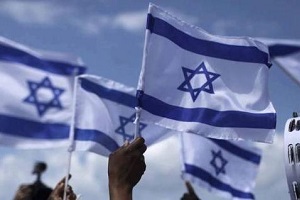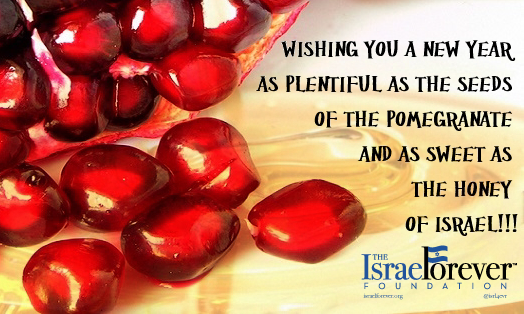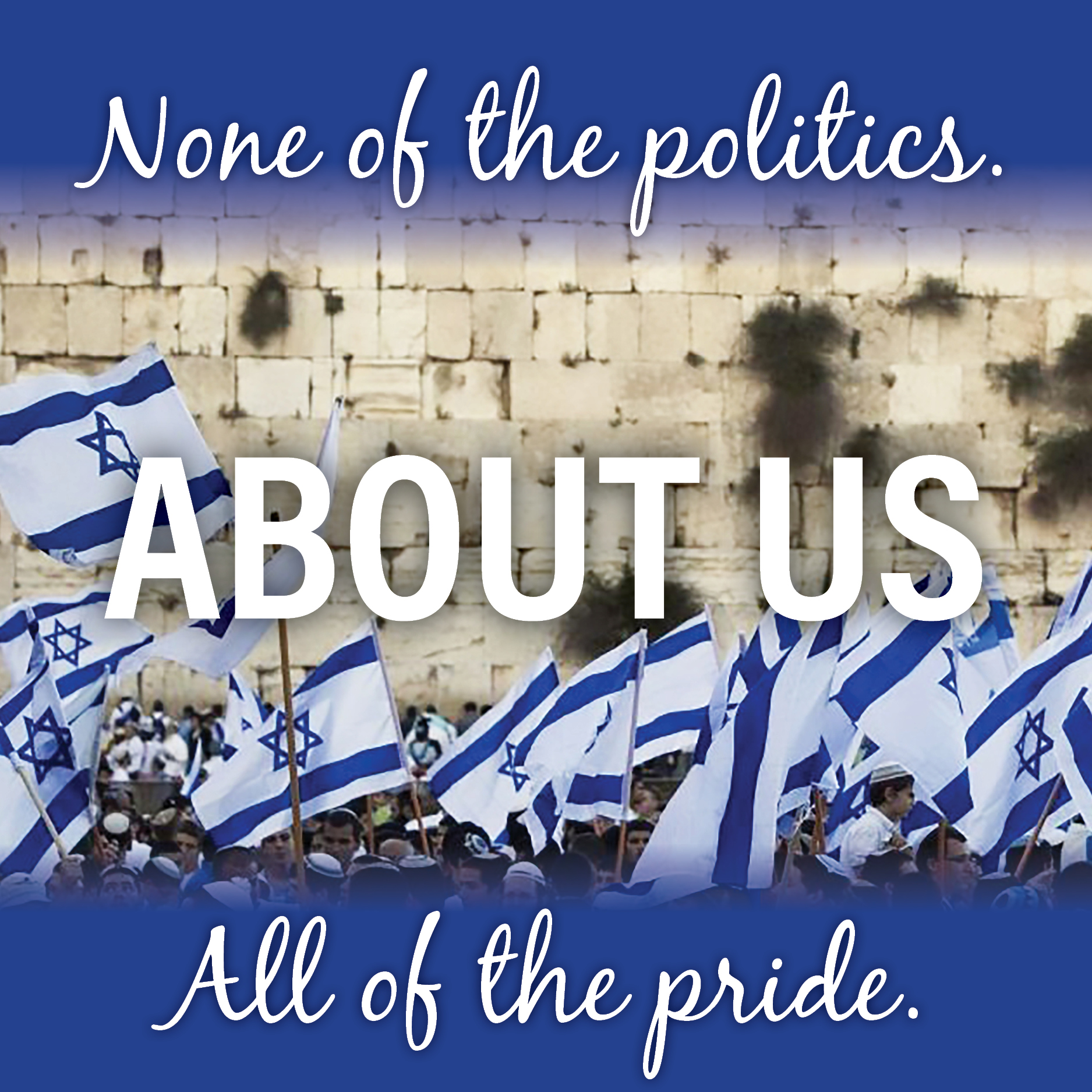Our land, our hope
By Judi Felber

What is Tzom Gedaliah, why is it different from the other fasts, and how is it related to Israel advocacy and activism?
Tzom Gedaliah is one of several fast days commemorating the destruction of the Holy Temple and the expulsion of the Jews from the land.
It is different from the other fasts, though. It doesn't commemorate a specific date. Rather, it is named after a person who didn't give up hope of Jews inhabiting the land of Israel.
Gedaliah was appointed by the Babylonians to govern over the Jews who remained here after the Temple's destruction. He passionately began to encourage the people to cultivate the fields and vineyards, thus giving the survivors a tangible hope, a touchable part of the land of Israel. Under Gedaliah's administration, the Jewish community began to prosper. Word got around. Many Jews who had fled to neighboring lands during the destruction were enticed by the news of the successful revival of the Jewish community and joined those who were already here. This success also made others envious.
On Rosh Hashanah, a jealous group of people, pretending to come in peace, instead murdered Gedaliah and the other Jews who were celebrating with him.
This massacre was followed by more bloodshed. It also caused the Jews to lose hope and flee, thus effectively ending the prospects of Jewish settlement in the Holy Land.

In memory of Gedaliah’s tragic death and its disastrous aftermath, we fast every year on the day after Rosh Hashanah. While we fast, we must remember how Gedaliah gave hope to the surviving Jews and encouraged them to rebuild their lives on the land and bring it back to health. His message of hope and rejuvenation of the land, is just as pertinent today as it was two thousand years ago.
Recommended for you:
Shana tova from The Israel Forever Foundation!
DOWNLOAD THE CHAGIM COOKBOOK TODAY!
About the Author









